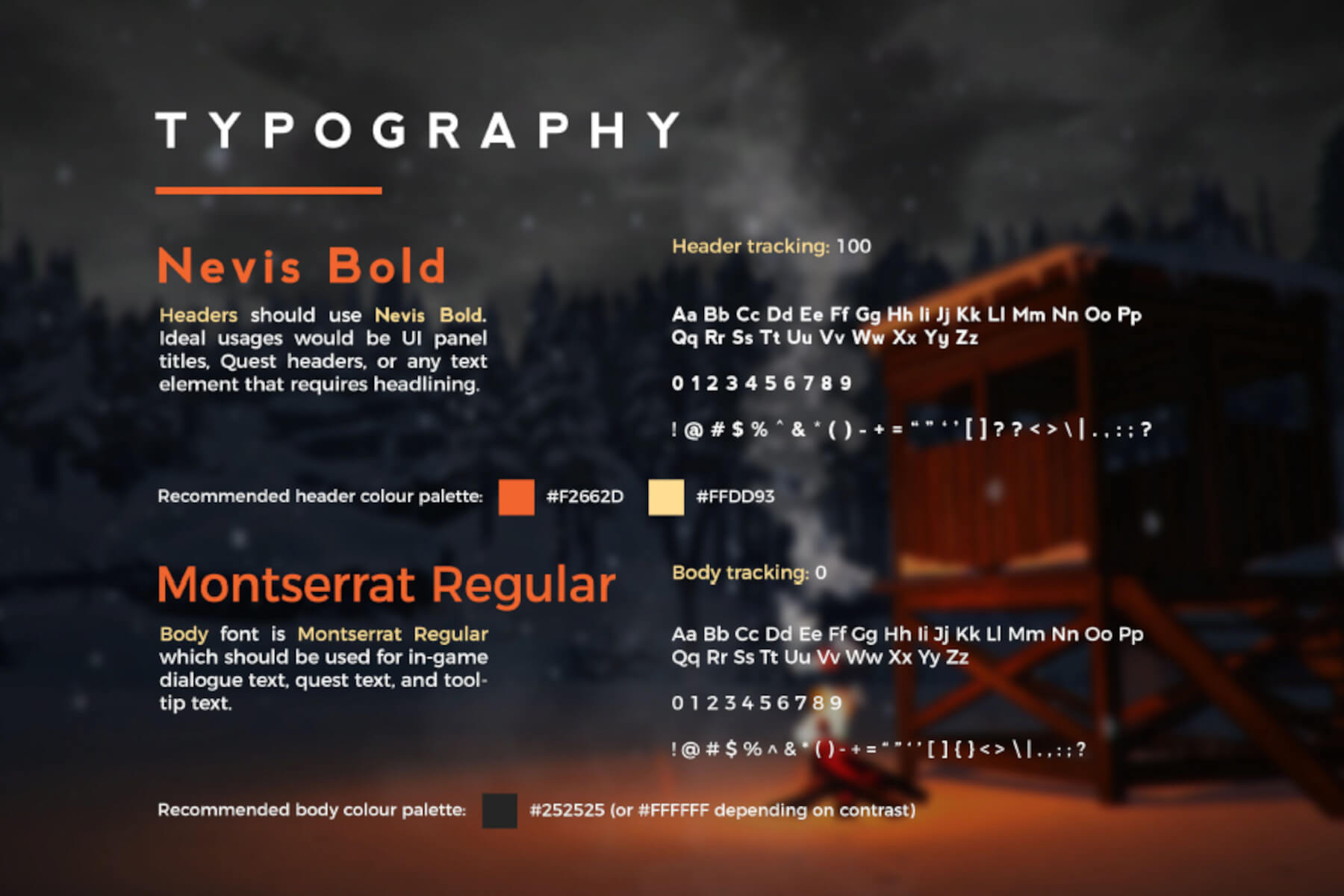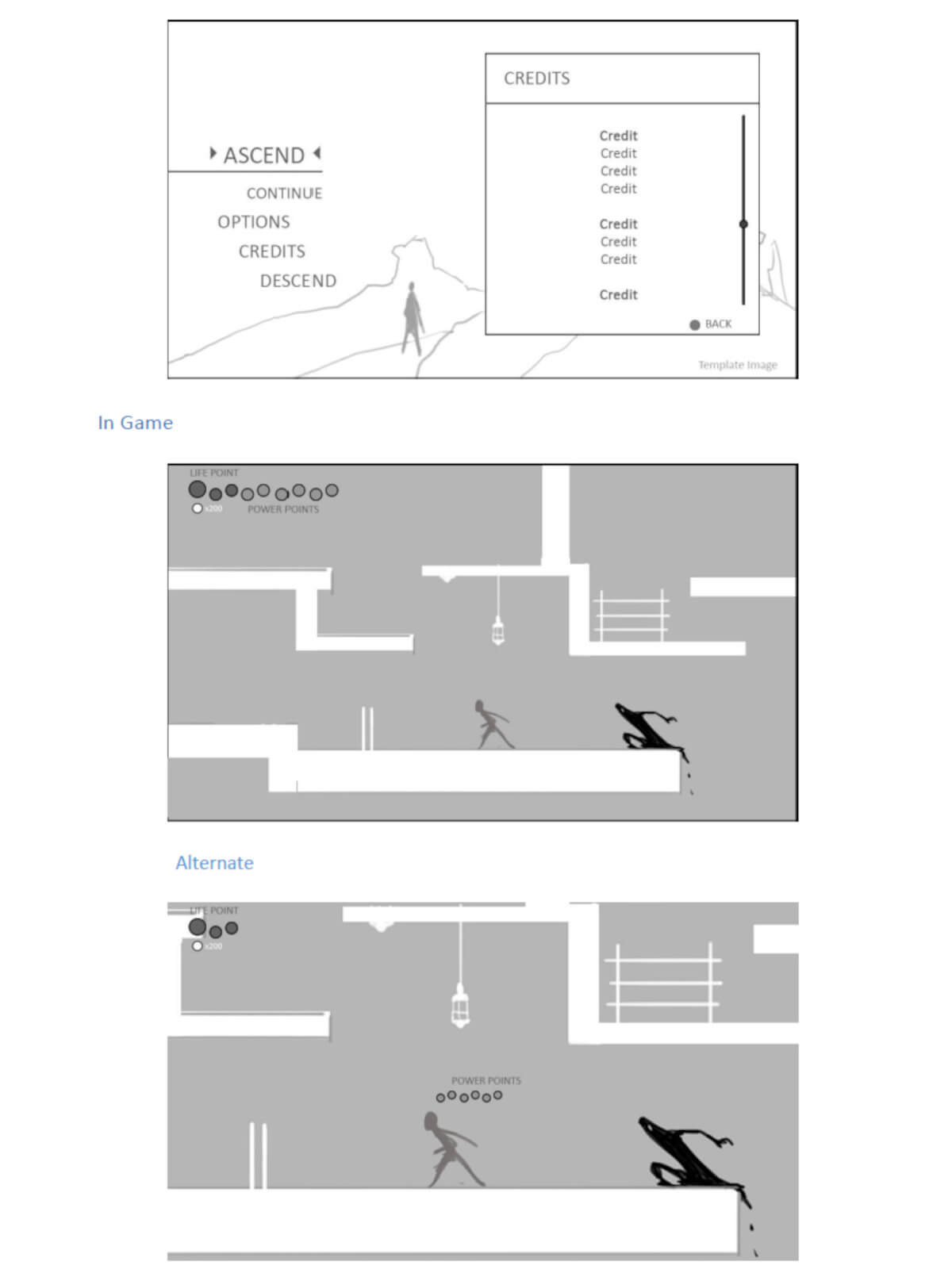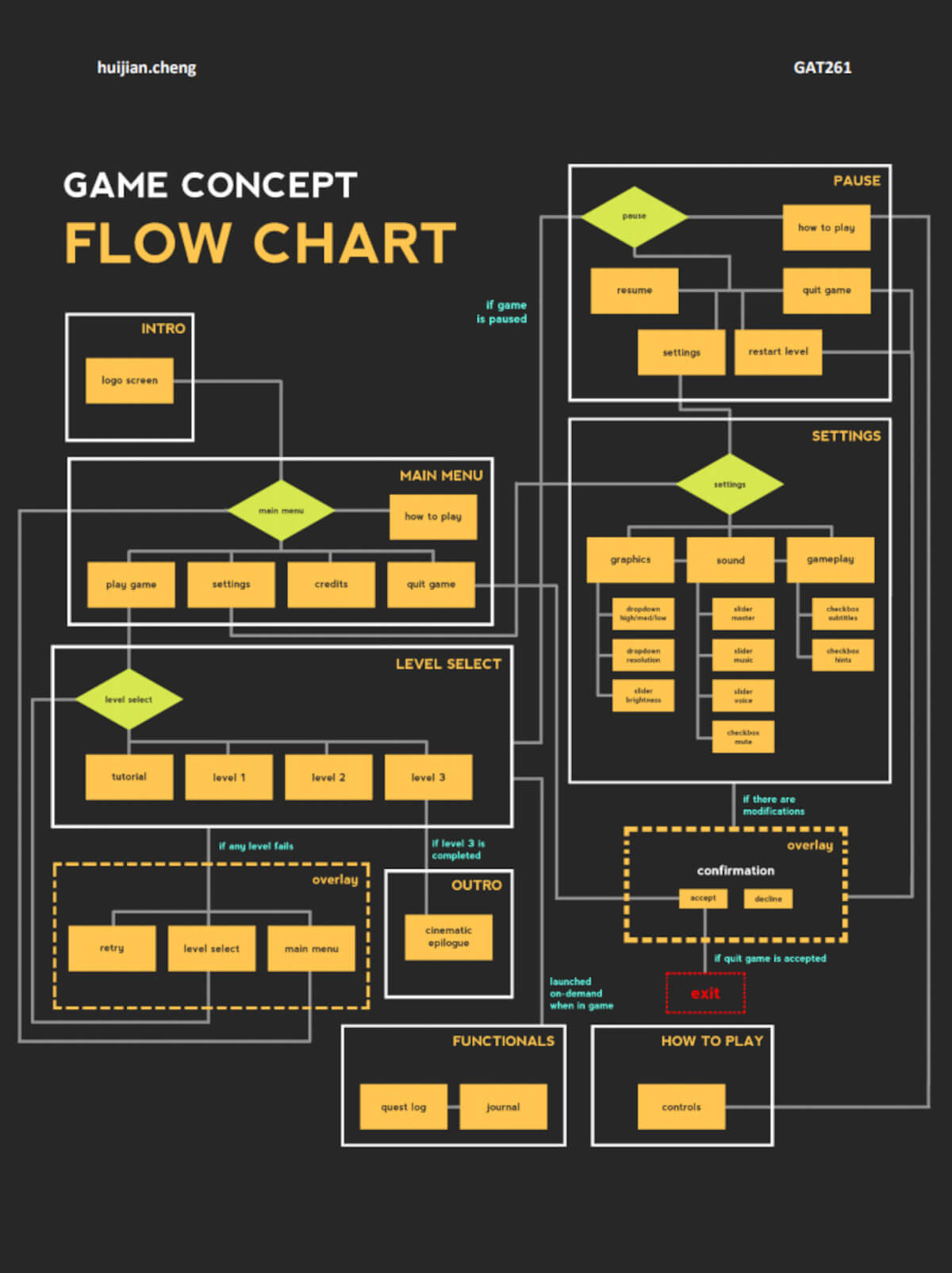Just last year, a report by LinkedIn cited UX design as one of the top 10 most in-demand hard skills of 2020. UX refers to a user’s entire experience when interacting with a product, software, or service. This includes pre-purchase research, customer or user experience as they enter a shop or install a piece of software, post-installation support, and customer service. It’s the entire experience, where the designed solution — such as an app, game, website, or product — sits in the middle. This is different from user interface (UI), which only covers what the user engages with to manage or interact with the product or solution.

One reason that UX design continues to be a highly sought-after skill is that it can be applied to and benefit nearly any type of organization that is attempting to solve a problem. Regardless of whether a company sells physical or digital products and services, or whether it is a social welfare organization or a large corporate entity, UX can still play a part in helping it stand out from its competitors.
Senior lecturer Michael Thompson teaches UX design at DigiPen (Singapore), enabling students to craft these meaningful user journeys from start to finish. He explains that good UX is crucial because it marks the difference between using a product or service because you have to and using it because you want to. He explains that if a product has monopoly, UX becomes less important because a customer has no other choice. But in a competitive field like app development, retail spaces, commercial websites, or medical and financial services, users are free to choose some other company’s offerings at the drop of a hat. In these cases, good UX that provides a user with a smooth, intuitive, and engaging experience helps to build brand loyalty and retain customers.
Before teaching at DigiPen (Singapore), Michael worked as a UX/UI designer for AAA game companies such as Electronic Arts and Ubisoft Singapore. In recent years, he has also been conducting internal training courses on UX/UI at local conferences and companies such as Google. Drawing from his years of experience, Michael shares some important tips for budding UX designers to succeed in this fast-growing field.

1. Be people-centric
Having an interest in people is crucial to succeeding in this field, Michael says. It is important to be interested in how someone thinks and be curious about why they do what they do since ultimately, UX is about solving real-world problems for real people. “If someone is too focused on technical or mechanical concerns and does not care much for emotional experiences, it’s going to be tough for them to have empathy for users,” Michael explains.
2. Be curious

A good UX designer is constantly asking the question, “Why?” and being curious about the designed world. Why is a door handle made the way it is? Why are car dashboards laid out in such a standard configuration? Why are ATM machines or automatic checkout stations at grocery stores designed the way they are?
Having a healthy curiosity propels you to ask why things have been done a certain way and to dig deeper as you question if they can be improved. In doing so, that is where you discover new or better solutions to existing problems. But this also comes with the job hazard of constantly being frustrated that more care has not gone into certain designed experiences, Michael caveats jokingly.
3. Take notes
Along with curiosity, having the discipline to keep — and use — a sketch book is unbelievably important, Michael says. It does not matter if your sketch book is paper or digital, so long as you record your observations about the designed world. “You can’t remember everything, and you never know when a bad piece of design will inspire a great solution. You may not even realize that two situations are similar until you review your notes. Eureka moments are always waiting,” Michael adds.
4. Brush up on technical skills

Besides having the right attitude and mindset when it comes to UX design, it is also necessary to be equipped with the right technical skills to succeed in this field. This includes knowing how to set up and moderate usability testing sessions, being able to identify which user research methods are the most appropriate for which problem types, and understanding how to best employ UX design processes.
“In UX design, there are various methods that may or may not suit the different products, timelines, and budgets of a project,” Michael says. “A strong knowledge of the most common prototyping software like Adobe XD, Figma, and Axure RP is important, but the ability to make rapid, paper-based prototypes quickly and cheaply — and use them to gather and analyze valuable UX data — is even more important.”
At DigiPen (Singapore), all the above are taught as a key part of the curriculum in the Bachelor of Arts in User Experience and Game Design degree program. Design students are able to choose their projects as they work on UX and UI for games, mobile applications, websites, other screen-based media, and even physical products. Along the way, they learn to develop prototypes; conduct usability testing; make flowcharts, wireframes, and visual mock-ups; create style guides; pitch and present those projects; and do marketing and branding for their products. The entire process of conceiving, developing, and releasing a designed product is covered.

5. Don’t pigeon-hole yourself
Finally, be sure to keep an open mind. “Don’t lock yourself into one area or domain, but be hungry for new opportunities to help the public through design,” Michael says. This will guide you to be an empathetic, habitually curious person who is able to apply UX design principles to any product, project, or situation.